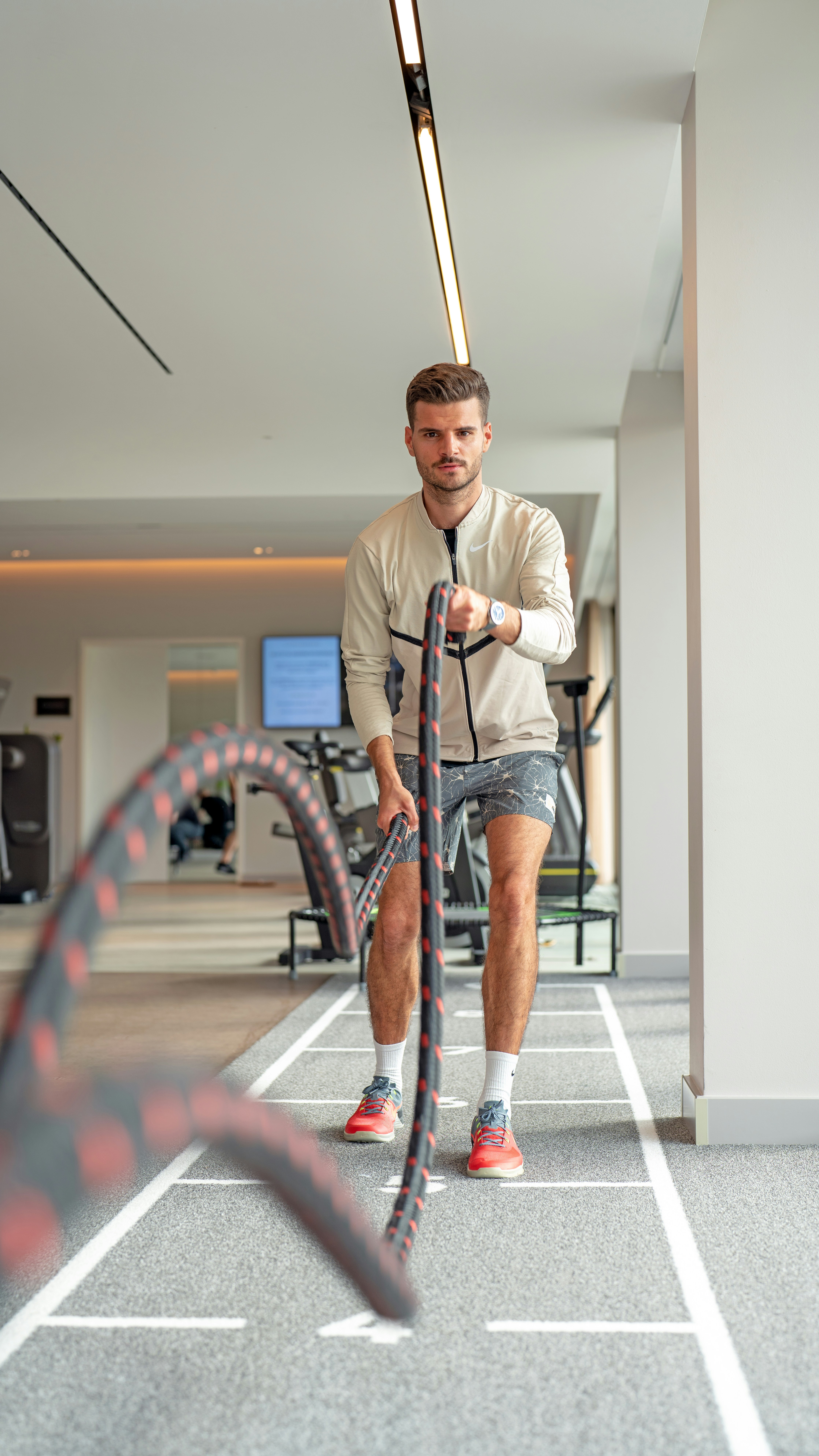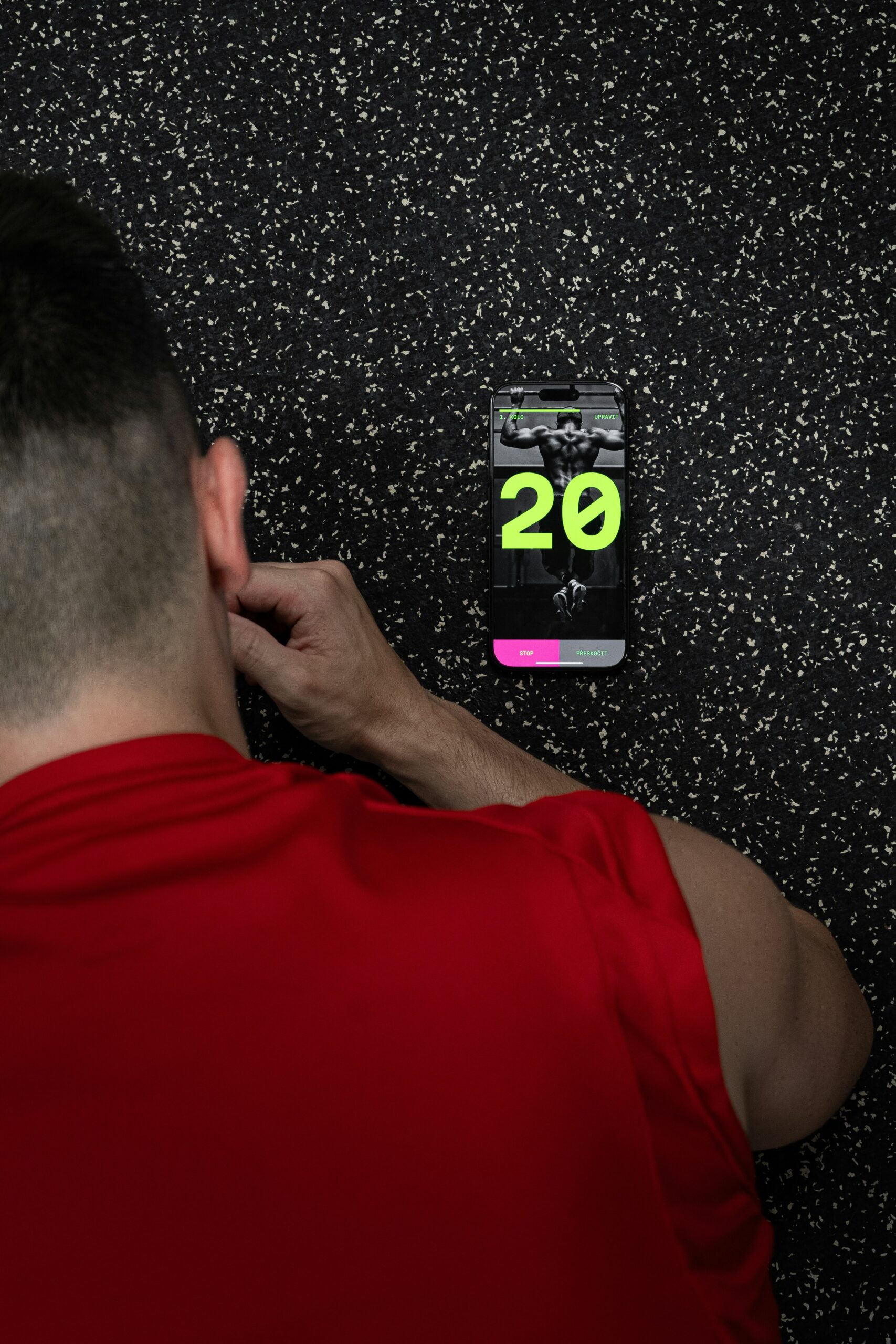Intermittent Fasting for Athletes: What to Know
Intermittent fasting (IF) has gone from buzzword to mainstream—praised for fat loss, improved energy, and even longevity. But what if you’re not just trying to get lean—you’re an athlete? Whether you’re chasing personal records, building muscle, or training for a race, you might be wondering: Can intermittent fasting support high performance—or sabotage it?
The short answer: it depends. When done smartly, IF can complement your training goals. But there are important nuances athletes need to understand before jumping into fasted workouts and skipping breakfast like it’s going out of style.
Let’s break down the science, benefits, risks, and best practices for athletes who want to try intermittent fasting—without losing their edge.
What Is Intermittent Fasting, Exactly?
Intermittent fasting is not about what you eat—it’s about when you eat. It involves cycling between eating and fasting periods to encourage metabolic flexibility, improved recovery, and sometimes fat loss.
Popular protocols include:
- 16:8 – Fast for 16 hours, eat during an 8-hour window
- 18:6 – A stricter variation with a 6-hour eating window
- 5:2 – Eat normally 5 days, restrict calories for 2 nonconsecutive days
- OMAD (One Meal A Day) – Typically not ideal for athletes, but still popular
Potential Benefits for Athletes
Done properly, intermittent fasting may offer several performance-enhancing perks:
💥 Improved Fat Adaptation
Training in a fasted state can enhance your body’s ability to burn fat for fuel—helpful for endurance athletes looking to spare glycogen and extend stamina.
🧠 Sharper Mental Focus
Many athletes report increased clarity and reduced brain fog during fasted periods—thanks to steady blood sugar and elevated norepinephrine.
🧬 Cellular Repair & Hormonal Balance
Fasting triggers autophagy (cellular clean-up) and can support healthy hormone regulation—both helpful for long-term recovery and metabolic health.
🔥 Body Composition Improvements
IF can help reduce body fat without compromising lean mass (when paired with adequate protein and resistance training).
🕒 Simplified Meal Timing
Fewer meals = less planning, less snacking, and sometimes better digestion—great for busy training schedules.
The Potential Downsides (And How to Avoid Them)
Not all athletes will thrive on IF. Here’s what to watch out for:
⚠️ Low Energy During Training
Fasting before intense sessions can leave you feeling sluggish or under-fueled—especially for high-intensity or strength workouts.
Fix it:
- Save fasted training for low-intensity cardio
- Schedule your eating window to align with your training
⚠️ Muscle Loss Risk
If you’re not eating enough protein (or total calories) during your window, your gains can suffer—especially in longer fasts.
Fix it:
- Prioritize 1.6–2.2g protein/kg body weight per day
- Break your fast with high-protein meals
⚠️ Disrupted Recovery
Inadequate nutrients post-workout = slower recovery and potential inflammation.
Fix it:
- Always refuel after workouts (even if it breaks your fast)
- Add electrolytes and BCAAs if training fasted regularly
⚠️ Hormonal Imbalance (Especially for Women)
Prolonged fasting may impact thyroid, cortisol, or reproductive hormones in some individuals—especially active women with low body fat.
Fix it:
- Start with 12:12 or 14:10 fasting windows
- Listen to your body—fatigue, sleep disruption, or mood changes are red flags
Best Practices for Athletes Using IF
Here’s how to make intermittent fasting work for your training goals, not against them:
✅ Align Your Eating Window with Your Workouts
Try to schedule your workouts within or just before your eating window. That way, you can refuel soon after training—crucial for recovery, glycogen replenishment, and muscle repair.
Example:
- Eating window: 12:00 pm–8:00 pm
- Train at 11:00 am
- Eat your first meal right after
✅ Fuel Smart in Your Window
Every bite counts when you have fewer meals. Focus on:
- Lean protein for muscle repair
- Complex carbs for energy and glycogen
- Healthy fats for hormone support
- Electrolytes and hydration throughout the day
✅ Don’t Overdo Fasted Training
Occasional fasted cardio can improve fat oxidation, but overdoing it may backfire. You don’t want to chronically underfuel—especially if you’re lifting heavy, sprinting, or in-season.
Use fasted training for:
- Light runs, yoga, walks, or steady-state cardio
- Not for max-effort intervals, long runs, or heavy lifting
✅ Consider Supplement Support
If you train fasted often, consider:
- BCAAs or EAAs: May help reduce muscle breakdown
- Creatine: Improves strength and recovery without affecting your fast
- Caffeine: Boosts alertness and endurance in a fasted state
- Magnesium or electrolytes: Support hydration and muscle function
Sample IF Schedule for a Training Day
Let’s say your eating window is 12:00 pm–8:00 pm, and you train midday:
- 7:00 am: Wake, hydrate, optional black coffee or tea
- 11:30 am: Train (fasted or with BCAAs)
- 12:15 pm: Break fast – protein + carbs (chicken + sweet potato)
- 3:30 pm: Snack (Greek yogurt + berries or protein smoothie)
- 7:30 pm: Dinner – balanced meal with protein, veggies, healthy fats
Rest days? Stay consistent or push your window slightly later if hunger is low.
Who Should Be Cautious with IF?
- Female athletes with low body fat or irregular cycles
- Those recovering from injury or illness
- High-volume endurance athletes with extreme calorie needs
- Anyone with a history of disordered eating
When in doubt, consult a nutrition coach or sports dietitian to personalize your plan.
Wrapping It Up
Intermittent fasting can work for athletes—if it’s aligned with your training intensity, recovery needs, and lifestyle. The key is intentional timing, strategic fueling, and listening to your body above all.
Remember: fasting isn’t a magic trick. It’s a tool. And like any tool, its power lies in how you use it.
Train smart, fuel smarter—and let IF support your performance, not limit it. 🏋️♀️⏰🥗





